Our Verdict
With its utterly charming Minecraft design, the PDP Realmz Minecraft Diamond Print controller is an ideal gift or purchase for serious Minecraft fans. It doesn’t rival truly high-end controllers for feel, features, and accuracy but it’s a solid performer and it’s only a touch more expensive than more generic options.
- Joyous clear Minecraft design
- Solid build quality
- Decent performance
- Reasonable value
- Clear plastic is a bit slippery
- Won’t be as tough as generic controllers
Novelty PC and Xbox controllers are nothing new, with all manner of wild, wonderful, and wacky designs having adorned them over the years. However, this new Minecraft controller from Turtle Beach/PDP has to be among the most fun we’ve ever seen, even if it does have the ridiculously long official name of Turtle Beach PDP Realmz Wireless Controller: Minecraft Diamond Print.
With Turtle Beach no stranger to crafting some of the best PC controller designs around, this new Minecraft version has a strong pedigree, and thanks to a keen eye for design, the company has crafted perhaps the perfect gift for the biggest Minecraft fans in your life.
Why you can trust our advice 
Specs
| Turtle Beach PDP Realmz specs | |
| Connections | 2.4GHz wireless, wired |
| Power | Rechargeable battery |
| Platforms | PC and Xbox |
| Layout | Xbox |
| Dimensions | 175 x 175 x 82mm / 6.8 x 6.8 x 3.2 inches |
| Weight | 210g / 0.46lbs |
| Extras | Steve figurine built into case, green LED lighting |
Features
Outside of its elaborate design, the Minecraft Diamond Print is a relatively standard Xbox-style controller, but it does have a few extras of note. On the front, joining the standard array of Xbox-layout twin thumbsticks, D-pad, ABXY buttons, Xbox button, and three main face buttons is a function button. Double tap this and it will mute the microphone of any headset attached to the controller’s audio jack, plus it can be used in combination with other buttons to perform extra actions.
One such set of actions is that if you press the function button with the D-pad directions, you can adjust the controller’s audio. Tap up and down to control the headphone volume, or left and right to alter the mix of your game and chat. It’s a really neat system and it’s convenient that the audio features don’t appear in Windows until you plug in a headset, so you don’t have the annoyance of the controller interrupting your audio the moment you plug it in.
On the rear of the controller are two paddles/buttons for providing a couple of extra quick access functions. As with the other buttons, these can be remapped using PDP’s Control Hub software.
Another key upgrade over a standard Xbox wireless controller is that the battery here is an in-built rechargeable unit, which the manufacturer claims can last up to 40 hours, though it doesn’t give the mAh rating for the battery, and doesn’t specify the impact of the vibration motors and LED lighting on battery life.
Outside of this, though, the Minecraft Diamond Print doesn’t boast any of the other extras of some premium controllers. So, you don’t get triggers that can switch to a short-throw mode, there are no swappable parts, and the thumbsticks and buttons are standard. There’s none of the Hall Effect thumbsticks or microswitch buttons of some options. It’s just a standard Xbox controller design with a couple of little extras.
Design
As with its features, the core shape and feel of the Minecraft Diamond Print is very much that of a standard Xbox controller, but with ever so slightly wider front palm grips. Instead, it’s the look of this controller that makes it really stand out from the crowd.
The entire unit is built from clear plastic, letting you see the inner workings of the controller and of course gaze upon the statue of Steve. The little figurine is held from the back, so he appears to be floating in the center of the right-hand grip, with the LED lighting that shines from further inside the controller illuminating his right side.
Other fun design touches include the creeper painted onto the surface of the left grip, the striking light green coloring, and the funky patterns that adorn the top of the PCB inside the controller. It’s a combination that is just so delightful.
I had thought, and perhaps hoped, that the Steve figure would be suspended inside so that would move around, and even that it might be removable, but sadly that’s not the case. From a product longevity point of view, though, it’s a sensible choice to have him in a fixed position.
Overall build quality feels very good – even if the sticky plastic used to provide the final wrap of the controller seems amusingly token – with firm, responsive controls and a solidity to the whole unit. However, the plastic used is very glossy, so any dents or scratches will show up quite prominently. The feel of the plastic also makes me suspect it would be slightly more crack-prone than some. As such, while this will no doubt bring much joy to the younger Minecraft players in your life, it may not wear the trials and tribulations of a gaming life quite so well as a controller with a textured finish or rubberized sections.
Performance
That same glossy finish also slightly affects the performance of this controller in terms of its feel. By and large, I didn’t find its slick finish caused issues, but if your hands are particularly dry or start to get sweaty, the smooth surface won’t provide as reassuring a grip as textured controllers.
Otherwise, the performance of this controller is largely on par with a standard Xbox Wireless Controller. The buttons and sticks feel decently responsive with plenty of control achievable with the latter, though a standard Xbox Wireless Controller is just a touch smoother. I’d say this controller feels slightly more on par with $50 options in terms of overall thumbstick/button feel.
Likewise, you don’t get any ultra-high polling rate options here, but I didn’t notice any lag when using the controller wirelessly or connected directly to the PC via its USB-C port. Stick drift will eventually become an issue with this controller, just as it does with a standard Xbox controller, as it uses standard thumbsticks, but it’s rock solid out of the box.
When it comes to battery life, this controller easily lasted for a week of casual use without a top-up, with its 40-hour total battery life amounting to over five hours of gaming every day. For most gamers, a top-up every week or two will suffice.
Software
A quick word on PDP’s software for this controller… It’s okay. Infuriatingly, it requires you to sign up for a PDP account to access it, plus it’s strangely slow to load, and you have to reload the software to get it to recognize your controller, if you forget to plug it in before opening the app.
Once loaded, though, it’s a slick-looking app with functions fairly clearly laid out. I particularly liked the fact that the icon for this controller exactly matches the Minecraft version, not a generic version.
Functions include being able to adjust the dead zone size, swapping the thumbsticks, inverting their axes, adjusting audio levels, tuning trigger dead zones, changing the vibration intensity, and re-mapping buttons. One crucial function you can’t change, though, is the LED lighting.
However, while the lights can’t be changed, they aren’t just on all the time. They’ll glow green when the controller is powering on and looking for a wireless connection,n but then remain off while gaming until you tap a button (moving the thumbstick doesn’t count) at which point they flash a dull white. Tap another button and the light flashes slightly brighter, and then if you hit lots of buttons the lighting will turn bright green.
That may sound rather distracting but, in practice, it’s not too bad, and is in fact hardly noticeable in a well-lit room. In a dark room it’s definitely more noticeable but it never outright bothered me.
Price
The Turtle Beach PDP Realmz Wireless Controller: Minecraft Diamond price is $79.99, making it $5-$10 more expensive than a standard Xbox Wireless Controller. As such, given its slightly lower quality in some areas, you’re definitely paying a premium for the fun Minecraft design, but this is still a reasonable value option considering the effort put into its design.
Alternatives
Xbox Wireless Controller
At this price, the clear main alternative to this Minecraft controller is to just get a vanilla Xbox Wireless Controller. They’re well built, work reliably (stick drift wear notwithstanding), and are decent value.
Read our full Xbox Wireless Controller review.
Verdict
The Turtle Beach PDP Realmz Wireless Controller: Minecraft Diamond Print clearly isn’t going to become a new go-to option for those seeking a top-tier game controller, or one that offers the absolute best value for the performance you get. However, for gamers into Minecraft, though, the design here is utterly charming, and the features and performance of the controller are solid enough to go with it.
You definitely pay a premium for the design here, with the feel of the controls being more in line with controllers that are around $20 cheaper. However, you do get an in-built rechargeable battery and a wireless connection, which the majority of cheaper options don’t include. Plus, the performance here is still more than decent enough, most crucially for playing Minecraft.
If you’re looking for more ways to control your PC games, check out our best gaming mouse and best gaming keyboard guides for our top KBM options.
Source link
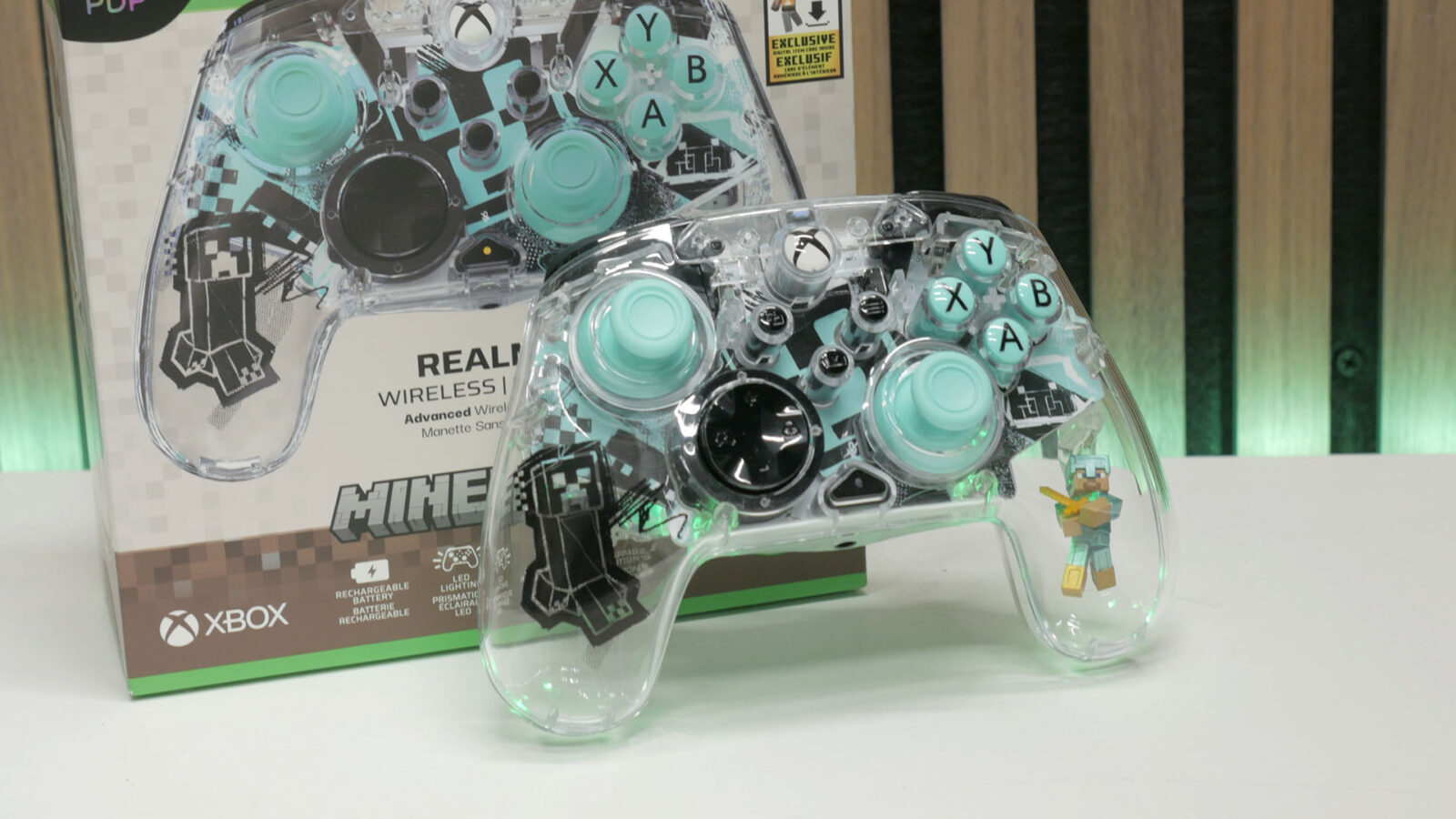

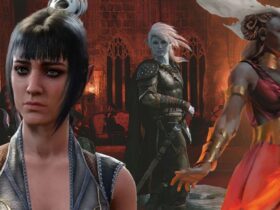
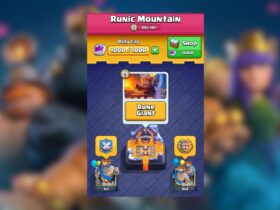
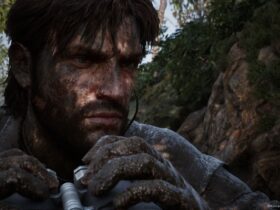


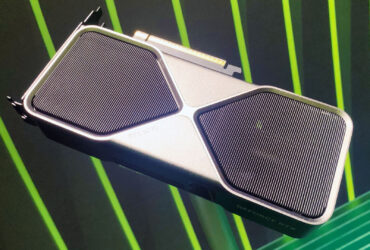
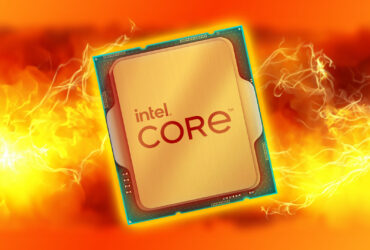
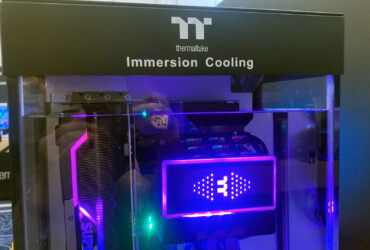

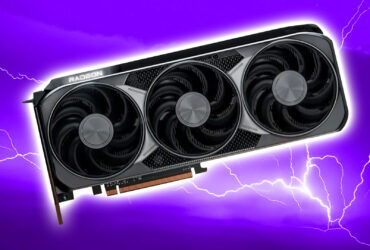
Leave a Reply